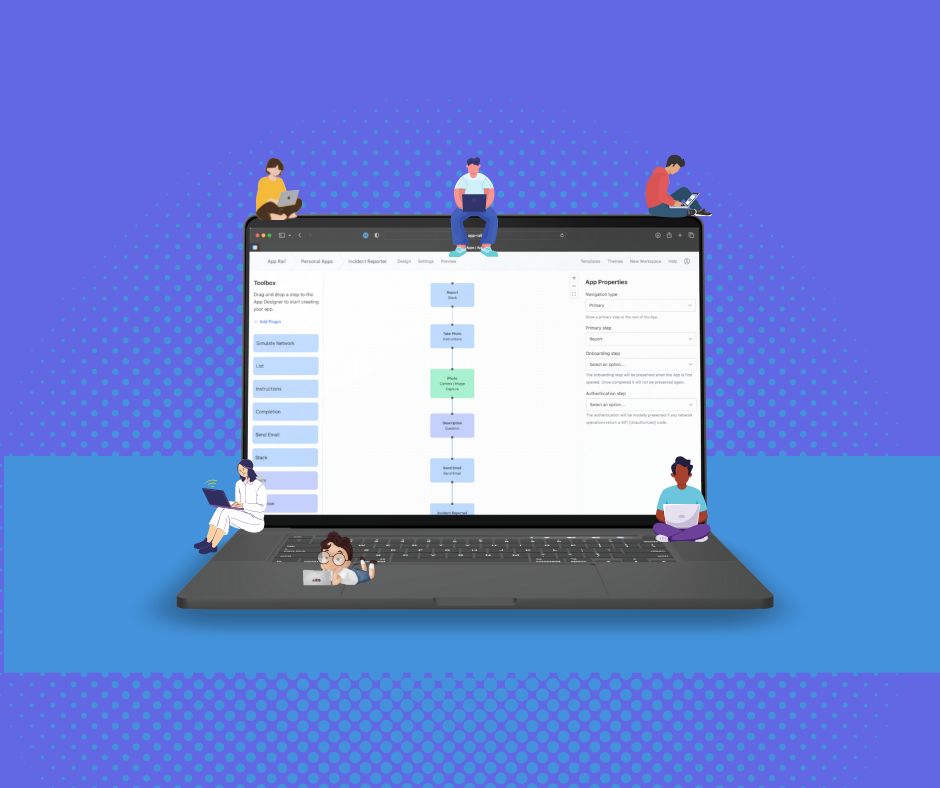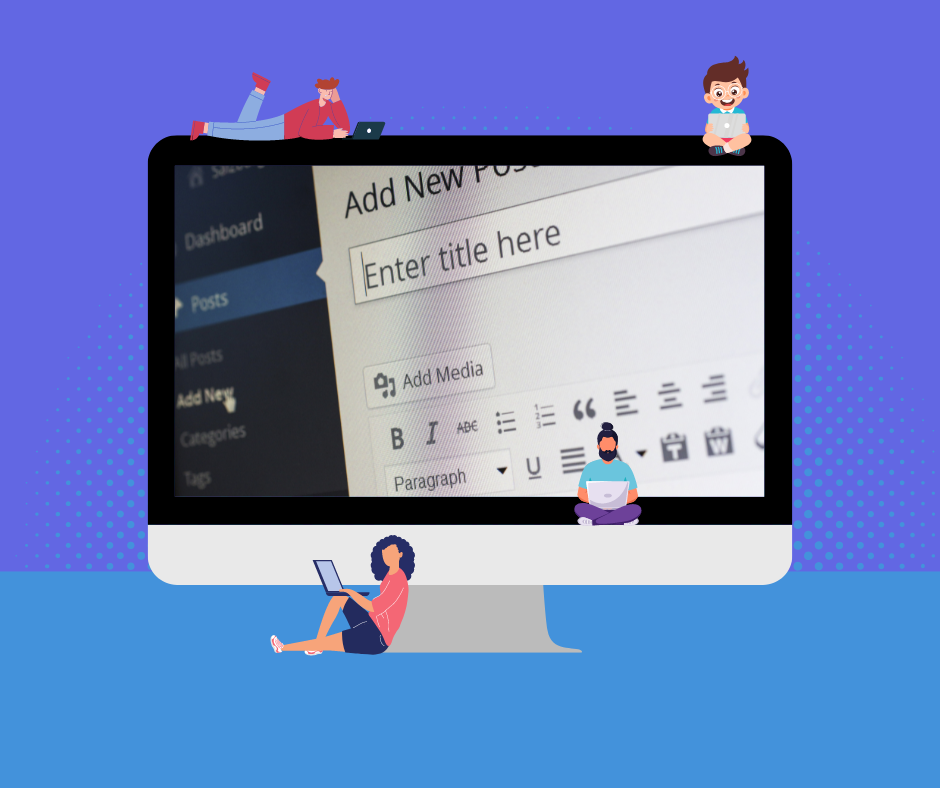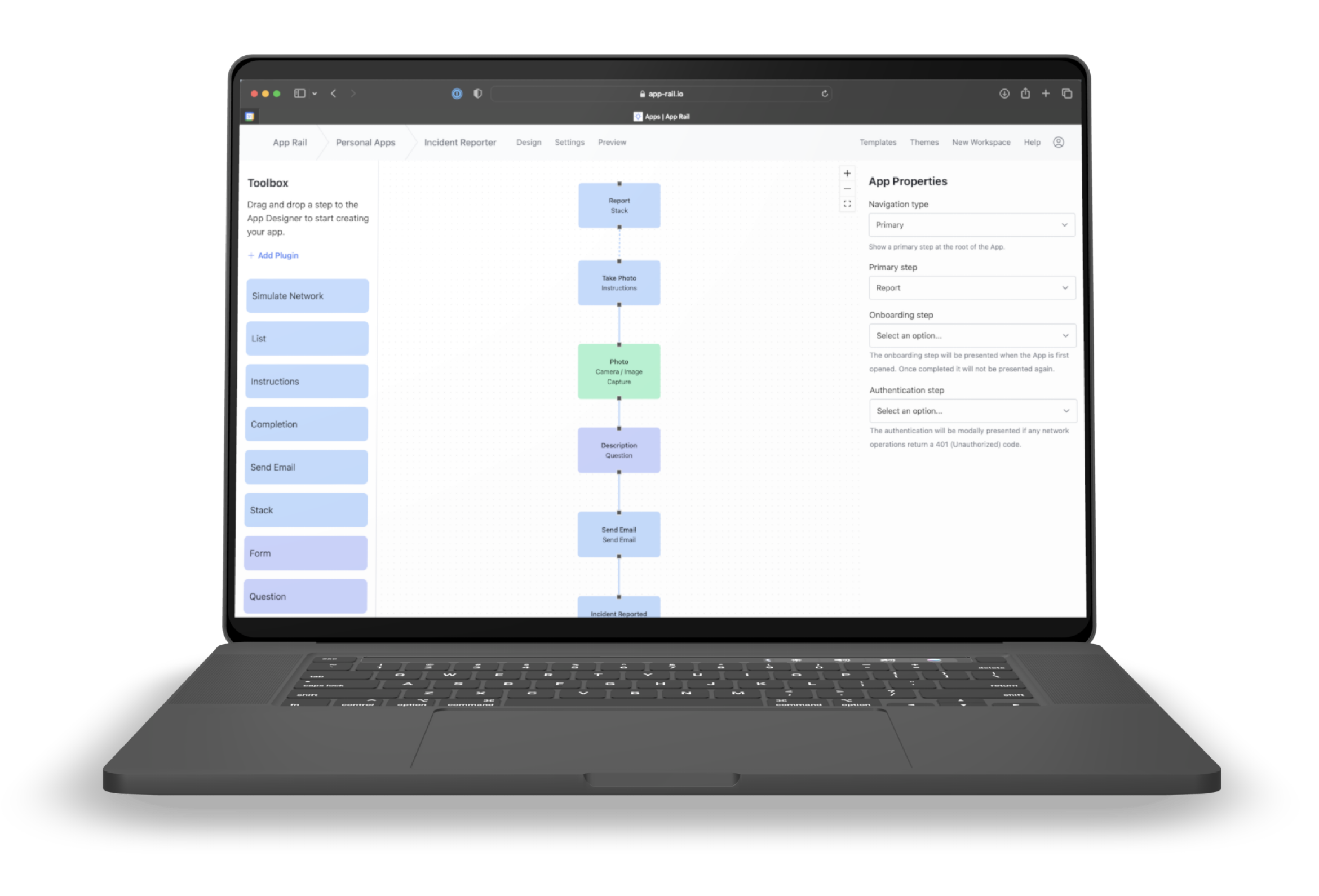Blog Post A Brief History of No Code Apps

What is no-code? How has it developed and why does everyone seem to talk about them these days? What makes native no-code apps such as App Rail special? In this post, we will share with you a brief history of no-code platforms, highlighting some of the tools that have shaped the development of the no-code movement to what it is today.
What is no-code?
No-code refers to a software category that enables users without any specific programming knowledge to create applications through different visual workflows and drag and drop interfaces. This approach answers the need for software solutions that can be created quickly and easily with no or minimal technical expertise. This helps businesses to develop and update applications in-house, cost effectively.
The concept of no-code is not entirely new. Previously no-code was mostly used for website development. Many of us might have fond memories of the early days of Dreamweaver, slightly younger budding website developers might think of Wix, Wordpress or Bubble when the topic of no-code websites is raised. Not to mention, those who gained familiarity with the no-code world through games like Minecraft, Gamemaker and BuildBox or have used the gamification tools of Apple’s Swift Playground. However, the recent interest in the potential of digital transformation has given rise to a surge of demand for no-code app development.

A Short History of No-Code
Adobe Dreamweaver
Dreamweaver is one of the first widely known and used examples of a no-code tool. Introduced by Macromedia in 1997, it came onto the scene when web pages were coded using HTML and CSS. Dreamweaver opened up this process by offering a way to make a website without having to write any code. To do so, users simply dragged and dropped elements onto a canvas. This WYSIWYG (What You See Is What You Get) editor made it easy to see what the final website would look like.
Over the years, Dreamwaver became one of the most popular web development tools on the market.
Frontpage: made for Microsoft
Another well-known example of early no-code tool Microsoft FrontPage which was available between 1997 and 2003. Being similar to Dreamweaver in many ways; it worked with a WYSIWYG (What You See Is What You Get) visual editor that allowed users to create and edit web pages without having to write any code. The significance of FrontPage lies in the fact that it was one of the first web development tools designed specifically for Windows, thus making it available to a larger audience.
Apple Playground: an attempt to make coding more accessible
Even though no-code websites and games have been enjoying considerable popularity in the last decade, the progression of no-code app development was lagging behind. In 2016, Apple launched Swift Playground with the goal of teaching both children and aspiring developers how to code in Apple’s Swift coding language.
Apple’s CEO Tim Cook and Senior Vice-President of Software Engineering Craig Federighi, both promoted the tool as an engaging and inspiring way of making coding education more accessible to everyone, pushing the importance of digital literacy as an essential skill in the job market of the 21st century.
Critics argue that by launching Swift Playground, Apple not only aimed to bridge the gap between the lack of app developers who were able to develop native apps for iOS and macOS devices but also stealthily gain access to future app developers who have been trained using their own teaching methods.

No Code Apps
Today, there are different platforms and tools available that allow users to create no code native or cross-platform apps. Similarly to no code websites, no code apps are also developed using different drag-and-drop interfaces and visual workflows. They both enable users to create platforms that fit to a variety of goals without writing a single code. However, no code native apps are developed using the native language of the operating system, such as Swift or Kotlin, while cross-platform no code software uses open source coding languages such as: JavaScript and Python.
So why does it matter to use native apps? Because they provide a more optimised user experience. Native apps such as those built with App Rail take advantage of the features and capabilities of the device they run on, therefore offering a higher adoption rate than that of cross platform apps such as App Sheet.
If you want to learn more about the benefits of native apps, why don’t you give a read to our previous blog post.